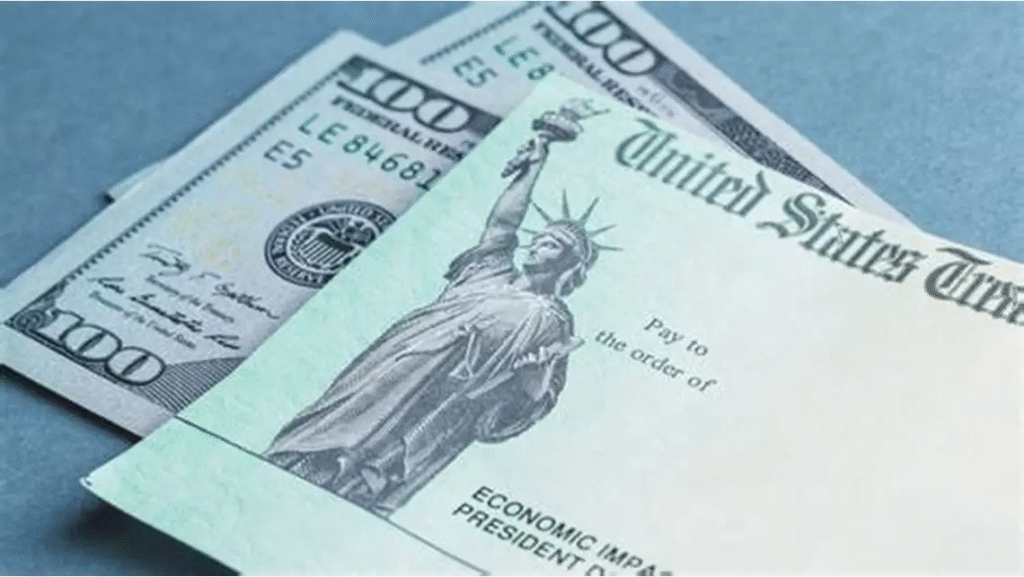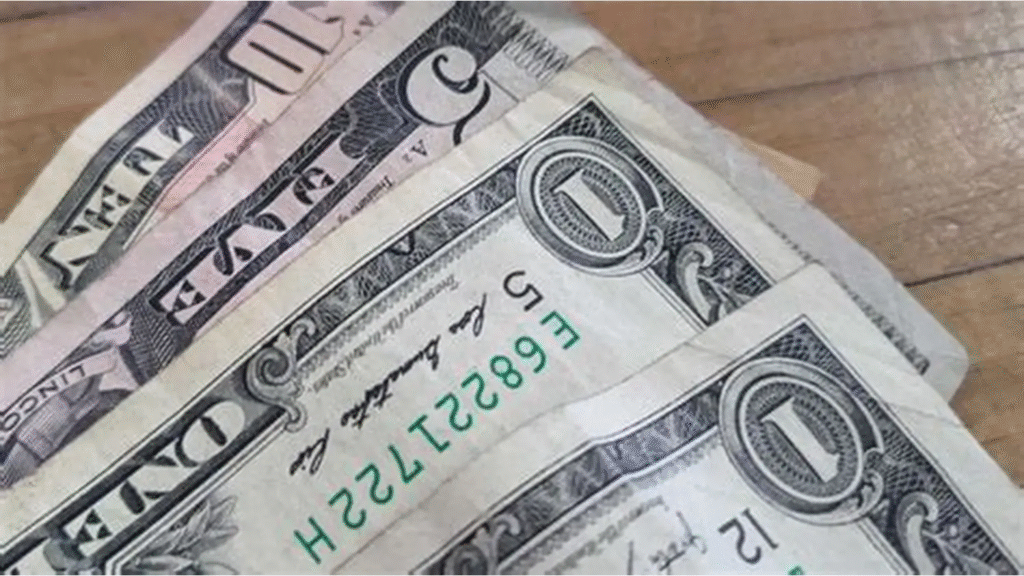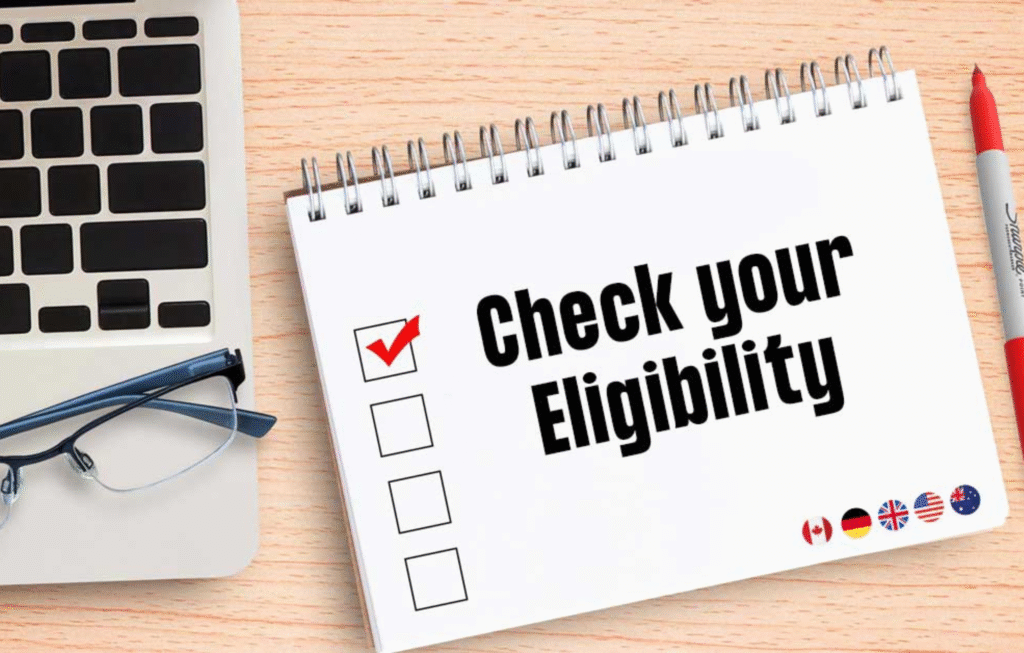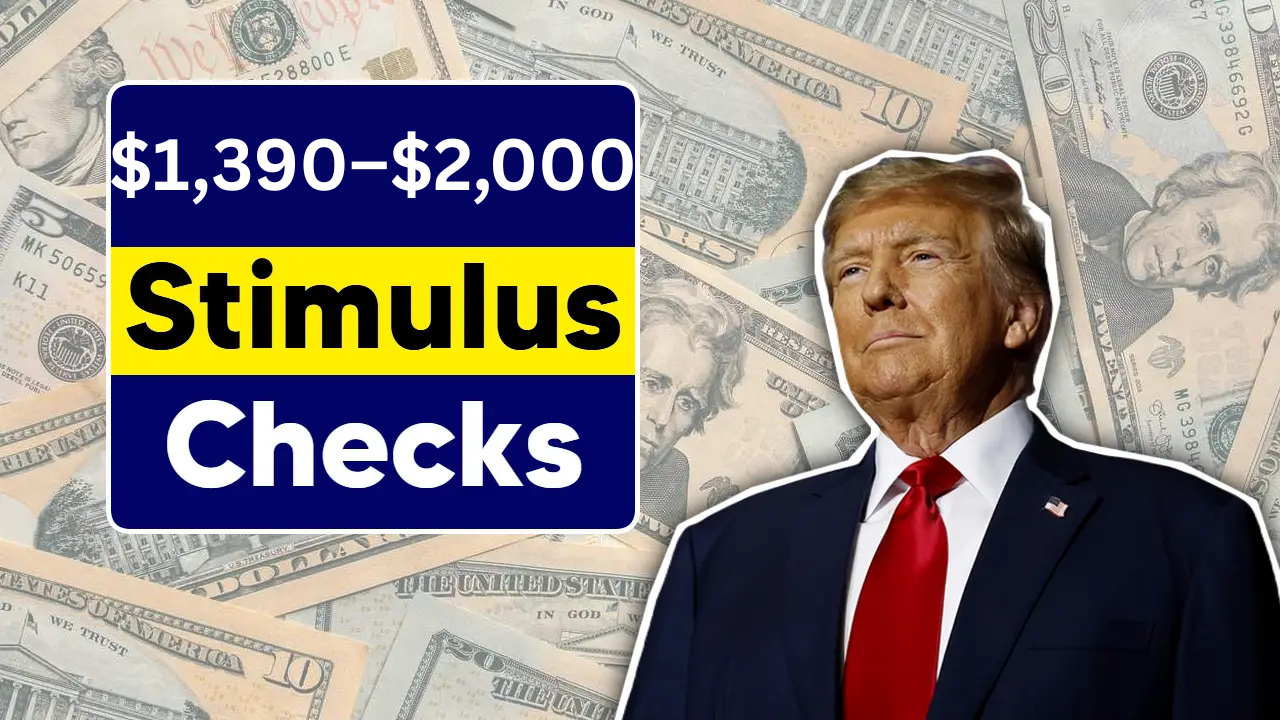Every few months, rumors or viral social media posts resurface claiming the IRS is about to distribute another round of stimulus checks. The latest version suggests payments between $1,390 and $2,000 arriving in October 2025. With inflation, rising costs, and widespread financial stress, such news spreads fast.
However, stimulus checks in the U.S. are only authorized by Congress, not unilaterally by the IRS or Treasury. Without enabling legislation, the IRS cannot simply distribute mass payments. Past stimulus rounds (e.g. COVID-era Economic Impact Payments) were passed as formal bills.
Thus, while the idea is attractive, anytime such claims emerge, we must scrutinize the evidence. In this guide, we’ll lay out:
- What official sources say
- The strongest rumors and their origins
- Fact-checks and contradictions
- What similar existing programs are active
- What to watch, and how to protect yourself from scams
Official IRS / Government Position & Fact Checks
Recent IRS Statements & News

- The IRS has recently announced that paper tax refund checks will be phased out starting September 30, 2025, as part of a push toward fully electronic payments. IRS
- There is no official announcement of a new general stimulus payment in October 2025 from the IRS or U.S. Treasury as of now.
- Fact-check articles have already started refuting the October stimulus check rumor. For example, FingerLakes1 reported: “there is no new federal stimulus payment currently issuing checks in October 2025.”
Fact-Check Highlights
- The claim of a $1,390–$2,000 check is not backed by legislation or IRS press releases.
- The last nationwide stimulus rounds ended years ago; current payments are mostly adjustments or recovery rebate credit disbursements.
- Some viral content confuses Alaska’s Permanent Fund Dividend (PFD) or state-level rebates with federal stimulus — they are unrelated to IRS stimulus programs.
- The IRS continues to handle unclaimed pandemic-era stimulus / rebate credits (e.g. recovery rebate credit) for small numbers of taxpayers, but not broad new stimulus.
Conclusion so far: The $1,390–$2,000 stimulus check in October 2025 is not confirmed and is likely misinformation or exaggeration.
Rumors, Origins & Why the Figures Appear
Why $1,390 or $2,000?
- Those numbers are often plug estimates that sound believable in inflationary climates.
- They may arise from combining state rebates, tax credits, or one-off relief measures — but not from a cohesive federal stimulus.
Mixing Programs and States

- Some viral posts confuse state rebate checks (e.g. energy cost rebates, tax refunds, utility credits) with federal stimulus.
- Alaska’s PFD payments sometimes appear in headlines as “checks for everyone,” which stirs confusion.
- Some websites repurpose content from old stimulus payment coverage or older laws to manufacture new claim pages.
Viral Marketing
- Titles like “$1,390–$2,000 IRS Stimulus Checks” attract clicks, search traffic, and social shares — regardless of factual basis.
- Many such pages lack citations or official sources, which is a red flag.
What Similar or Parallel Programs Exist
Though a broad new stimulus is not confirmed, there are some existing or recent programs worth knowing:
- Recovery Rebate Credit / Unclaimed stimulus payments: The IRS is distributing payments (up to $1,400) to taxpayers who missed stimulus in the COVID era.
- State rebate or relief programs: Some states issue energy-cost rebates, utility relief, or tax rebates, which in local news can be conflated with stimulus checks.
- Refunds, tax credits, enhanced benefits: Adjustments, credits, or stimulus-like payments may be included in certain relief bills — but again, only through legislation.
What Would Be Required to Make This Real
For a $1,390–$2,000 federal stimulus check in October 2025 to become real, several things must happen:
- Legislation passed by Congress: The House and Senate would have to pass a bill authorizing payments.
- Signed by the President: It must be enacted into law.
- Implementation by Treasury / IRS: The agencies would need time to program payment systems, identify eligible taxpayers, verify data, and disburse funds.
- Appropriate funding / budget allocation: Enough federal budget or deficit measures would back the payments.
Given the distances to October and the time required for such processes, rumors appearing now without legislative moves are unlikely to come to fruition in time.
Hypothetical Payment Schedule & Scenarios
If we were to imagine how such a payment might be structured, here’s a plausible model (for illustration, not confirmed):
| Group / Category | Hypothetical Payment Date | Amount Range or Conditions |
|---|---|---|
| Direct deposit tax filers (with bank on file) | Early October 2025 | $1,390 – $2,000, depending on income/eligibility tiers |
| Mailed paper checks | Mid to late October | Same amounts, slower delivery |
| Special credits / dependents | Similar timeline | Additional amounts for dependents or low-income brackets |
| Those needing IRS validation / update | Later October or early November | Might receive in later batch |
Again, this is speculative and based on how previous stimulus disbursements were structured.
Eligibility Speculation

In rumor coverage, eligibility is often claimed to follow rules like:
- Adjusted Gross Income (AGI) thresholds (e.g. ≤ $75,000 single, ≤ $150,000 married)
- Filing recent tax returns (2023 or 2024)
- Having valid Social Security Number
- Not being claimed as a dependent
Such criteria mirror past stimulus programs — but unless a new law is passed, these remain guesses. Good reporting warns that without an official source, one should treat these as speculative.
Risks, Warnings & Scam Alerts
Because stimulus rumors are common, there is increased risk of scams:
- Phishing / phishing calls: Scammers may claim to help “accelerate your $1,390 check” in exchange for banking or personal info.
- Fake “Get My Payment” sites: Sites mimicking IRS tools to capture credentials
- Advance processing fees: Scammers may demand “processing fees” to release checks
- Malicious attachments / links: Emails or texts with malicious links claiming to provide forms for the stimulus
Safety rules:
- The IRS does not initiate contact by email or text asking for personal or financial data.
- Always verify claims via irs.gov or official government sources.
- Never provide your Social Security number, bank account, or PIN to unsolicited callers or websites.
Why These Rumors Resurface
- Economic Anxiety: With rising costs, people are eager for relief, making them receptive to hopeful claims.
- Misinformation cycles: Copying content from previous years, modifying amounts, and re-posting.
- Click revenue motivations: Websites generate traffic and ad revenue by promoting sensational financial claims.
- State-level programs misinterpreted: Local rebates or state stimulus sometimes get conflated with federal stimulus in popular narratives.

What You Should Do If You See These Claims
- Check official sources like irs.gov, Treasury, or Congressional announcements
- Search for news releases from credible outlets or fact-checking sites
- Evaluate whether the article cites legislation, source documents, or trustworthy agencies
- Do not click on unsolicited emails or links promising stimulus
- Use the IRS’s official tools (e.g. “Get My Payment” or IRS account) to track existing payments or credits
The Likely Outcome
Given the lack of legislative motion, no official IRS confirmation, and precedent, the most likely outcome is:
- No broad $1,390–$2,000 federal stimulus check in October 2025
- Some targeted disbursements may continue (e.g. unclaimed COVID-era credits)
- States may offer independent rebates or stimulus-like programs
- Viral claims will continue circulating, but should be met with skepticism
In summary, unless Congress acts soon and publicly, these stimulus check rumors remain speculative and should not be relied upon for personal financial planning.
Key Takeaways
- No confirmed federal stimulus checks of $1,390–$2,000 are authorized for October 2025
- Past stimulus programs required legislation; none currently exists
- Fact-checking sources have debunked the rumors as misinformation or misinterpretation. AP News+2Fingerlakes1.com+2
- Some payments are being sent for unclaimed past stimulus credits (Recovery Rebate Credit)
- Always confirm information through official government sites
- Beware of scams targeting those hoping for stimulus checks
If you like, I can assemble a visual timeline showing rumor arrival, fact-checks, and potential legislative deadlines — for embedding in your webstory. Do you want me to build that for you?
FAQs:
Is the $1,390–$2,000 IRS stimulus check for October 2025 real?
No — as of now, there is no official legislation or IRS confirmation supporting a broad new stimulus check.
When would payments be made if authorized?
They would likely be scheduled for early to mid-October, with direct deposits first and mailed checks following.
Who might qualify under rumored eligibility rules?
Rumors suggest eligibility might require income limits, recent tax filing, valid SSN, and not being claimed as a dependent.
How can I avoid stimulus-related scams?
Only trust official IRS/treasury websites, never share personal data via email/text, and confirm through government sources.
